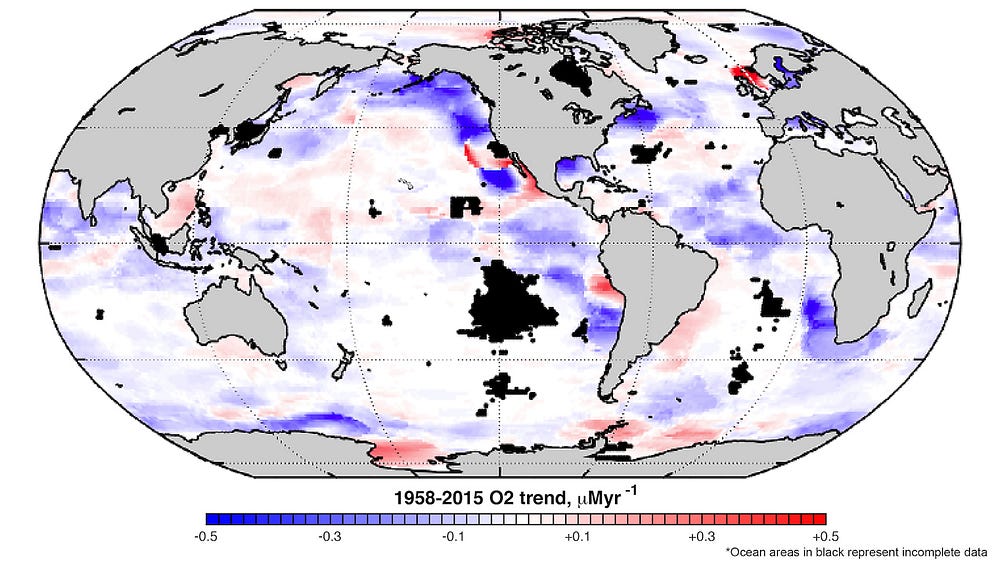Mass transport waves amplified by intense Greenland melt and detected in solid Earth deformation
S. Adhikari, E. R. Ivins and E. Larour
Abstract
The annual cycle and secular trend of Greenland mass loading are well recorded in measurements of solid Earth deformation. Horizontal crustal displacements can potentially track the spatiotemporal detail of mass changes with great fidelity. Our analysis of Greenland crustal motion data reveals that a significant excitation of horizontal amplitudes occurs during the intense melt years. We discover that solitary seasonal waves of substantial mass transport (1.67 ± 0.54 Gt/month) traveled at an average speed of 7.1 km/month through Rink Glacier in 2012. We deduce that intense surface melting enhanced either basal lubrication or softening of shear margins, or both, causing the glacier to thin dynamically in summer. The newly routed upstream subglacial water was likely to be both retarded and inefficient, thus providing a causal mechanism for the prolonged ice transport to continue well into the winter months. As the climate continues to produce increasingly warmer spring and summer, amplified seasonal waves of mass transport may become ever more present with important ramifications for the future sea level rise.
Plain Language Summary
It has become well known that seasonal ice flow variability of Greenland outlet glaciers may often be associated with the drainage of supraglacial lakes that accumulate meltwater during summer. However, tracking the details is inevitably limited due to the fact that the mechanisms and rates of meltwater transfer are hidden from view, and theoretical models are fraught with a number of difficulties. Here we use a previously unrecognized source of data that constrain the mass transport during a season of intense Greenland melting and document the evolution of a mass transport wave as it passes down glacier. The breakthrough is twofold: demonstration of the power of the new technique and the first measurement of the mass amplitude. The technique is effectively using the measurement of the deformed solid Earth elastic response as a filter that uniquely responds to neighboring glacier mass changes. We quantify that the wave through Rink Glacier is enormous in terms of its mass transport, amounting to about half of the average annual discharge during 2000–2005, and travels at an average speed of 7.1 km/month. Our mass transport wave measurement is the first of its kind, on any of the major outlet glaciers of either Greenland or Antarctica.
1. Introduction
Three-dimensional (3-D) crustal motions caused by the redistribution of mass on Earth's surface are captured in bedrock Global Navigational Satellite System (GNSS) data. The Greenland GNSS Network (GNET) consists of more than 50 bedrock stations (Figure 1a) having many geophysical applications. A fundamental goal has been to weigh the contemporary mass changes in the Greenland Ice Sheet (GrIS) and to assess the rate of ongoing viscoelastic solid Earth response to past changes in ice mass [Khan et al., 2007, 2016; Bevis et al., 2012]. This mainly requires an analysis of vertical component of the crustal motion. In this paper, we analyze the horizontal displacement data set and show for the first time that these geodetic stations are capable of mapping the magnitude and location of seasonal mass transport waves that travel downstream through GrIS outlet glaciers [Sharp, 1988; Hewitt and Fowler, 2008]. The breakthrough is twofold: demonstrating the power of the new (geodetic) technique to detect solitary seasonal waves of ice mass transport and the first quantitative measurement of wave amplitude and speed.

Figure 1. Sensitivity of GNET data to land mass changes. (a) Locations of 54 permanent geodetic stations (circles) around the coastal Greenland. The mapped ice surface velocity [Rignot and Mouginot, 2009] highlights GNET locations relative to fast ice discharge. The boundary of a JPL-GRACE mascon encompassing the RINK station is also shown. (b) A sensitivity gradient map of vertical displacement dU1/dH, shown within the mascon boundary, for the RINK station. Units reflect a measure of vertical displacement (up positive) at RINK caused by a unit ice load over a unit area placed anywhere in the region. (Note: 1.0 μm/m/km2≈1.1 mm/Gt) (c) Same as Figure 1b but for the north-south component of horizontal displacement dU2/dH(north positive). The dipole shape of the sensitivity gradient is caused by the opposing signs of the displacements for loads placed on either side of the station. (Sensitivity gradient map for the east-west component dU3/dH is not shown.) (d) The ZOI of ice loading on crustal displacement at RINK station. Red zone quadruples, for example, represent the high sensitivity zones for all three components of  at RINK.. These are essentially the derivatives of the displacements at a specified geodetic station with respect to changes in load at any arbitrary location on the Earth's surface:
at RINK.. These are essentially the derivatives of the displacements at a specified geodetic station with respect to changes in load at any arbitrary location on the Earth's surface:  .
.
Complete, free, open-access article here: http://onlinelibrary.wiley.com/doi/10.1002/2017GL073478/full









